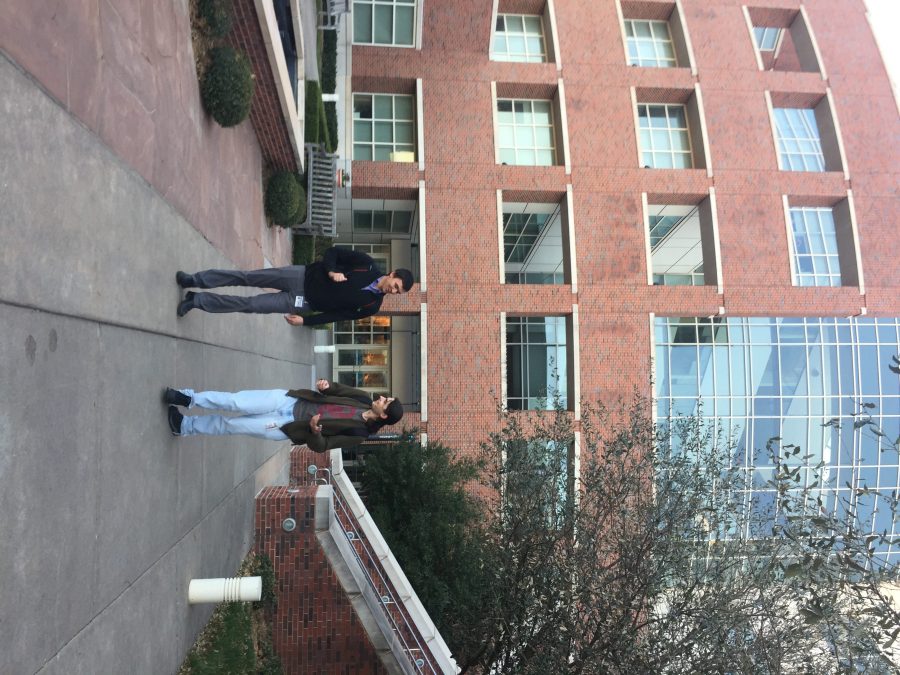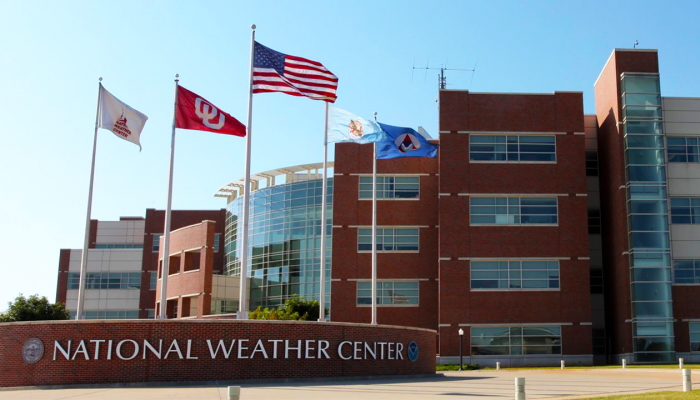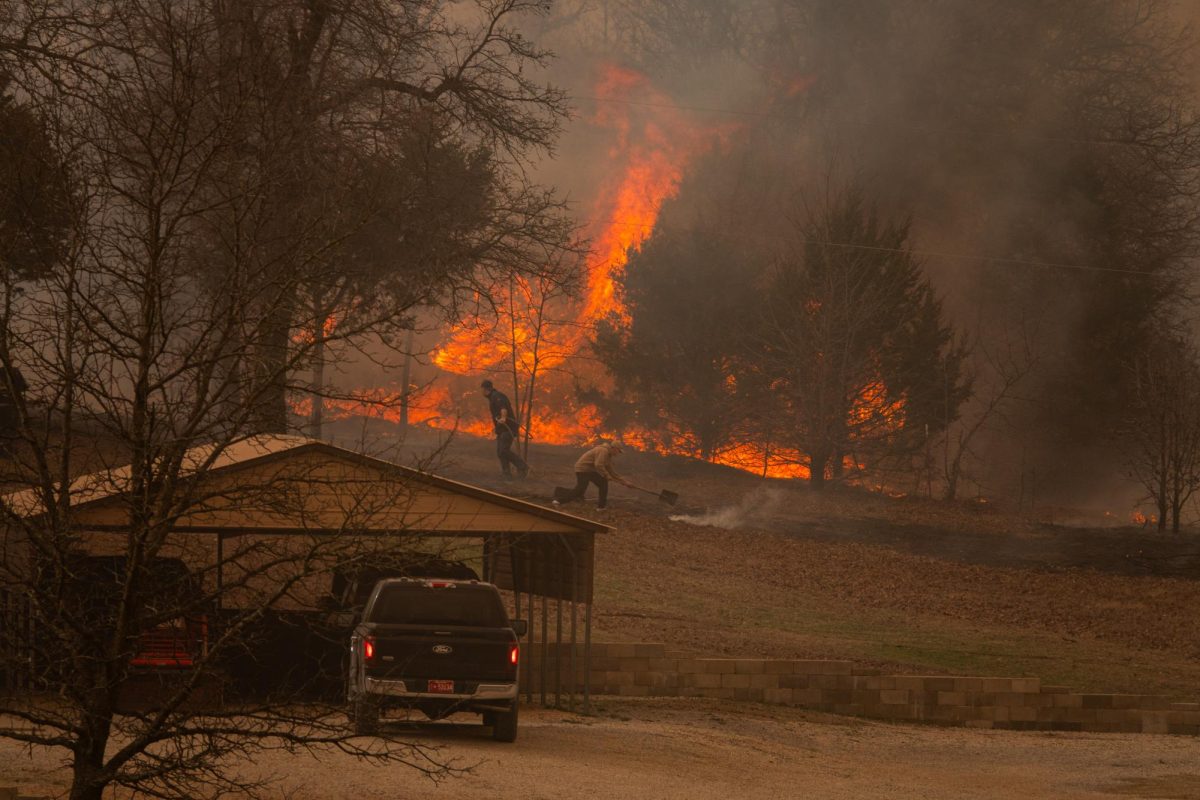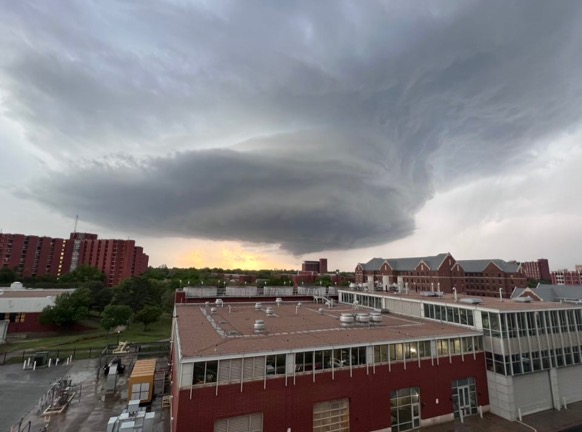Two students at the University of Oklahoma are trying to figure out why the temperature is warmer in a metropolitan area compared to a rural area.
Jason Newby and Stuart Edris, seniors in the meteorology school, are studying the connection between soil moisture and the urban heat island in Oklahoma City.
An urban heat island is an urban area that has been found considerably warmer than the surrounding rural areas. This study could show the effects of the urban heat island and its connection to soil moisture.
Edris said, “If you’re to go from highly rural region, say a forest, a farm or some vegetated area and go into an urban city, like Oklahoma City, you’ll note that the temperature increases.”
They use data that is collected by 121 stations placed across the state. These stations are a part of a network called the Mesonet that measures air temperature, wind, soil moisture and other variables.
Newby said he hopes that this project will lead to future studies that could prevent severe heat in the city during a dry spell like the recent drought. The temperature is much more prevalent at night, because you can see that the urban area maintains its heat due to the high amounts of concrete. A rural region doesn’t have as much concrete and can cool off at a faster rate.
Newby said “I think it’s relevant to the everyday person in the sense that this is the problem that I think that people can feel consciously whenever they walk out. The difference between the rural and urban regions can be felt.”
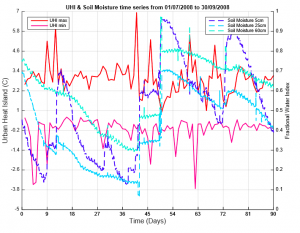
PHOTO: A graph given by Stuart Edris to present the recent data of soil moisture and urban heat islands.

